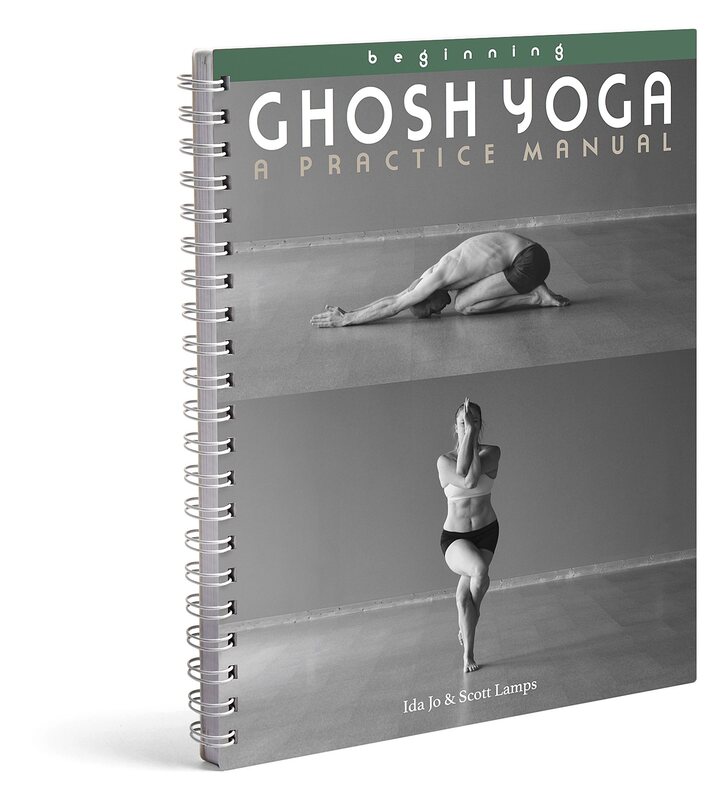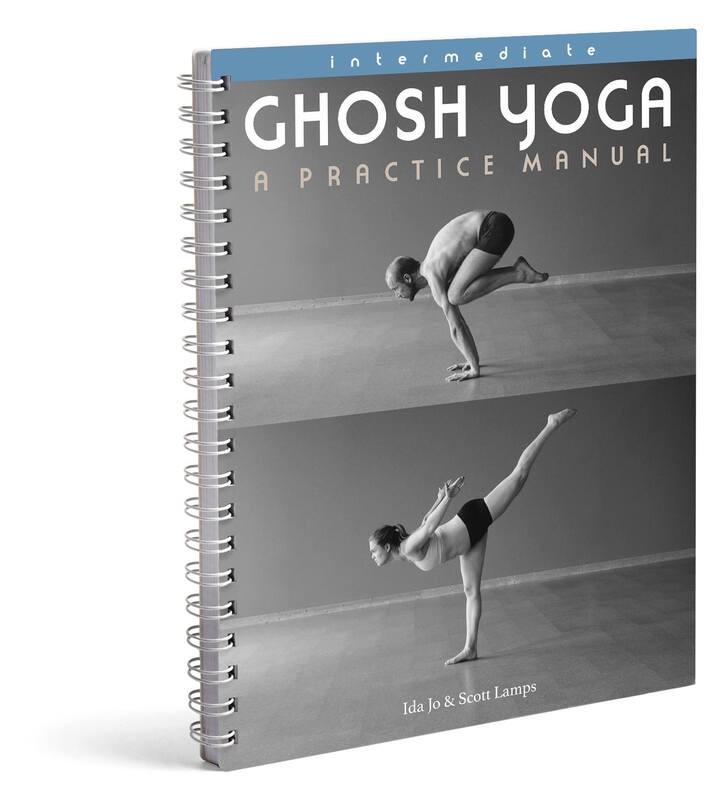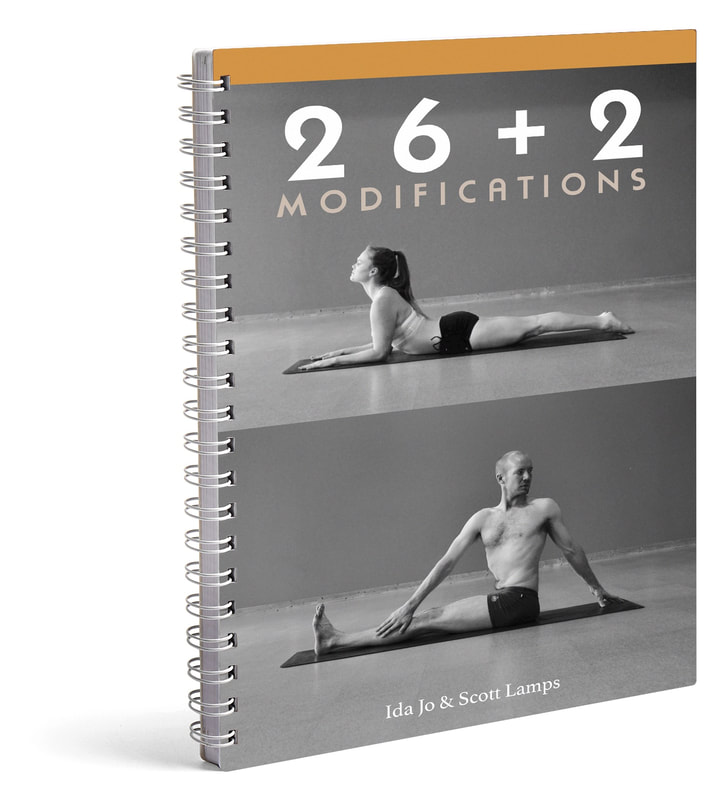|
We often get questions about namaste, a word that has become practically ubiquitous in western yoga classes, where most teachers will end class by saying it.
As you may already know, namaste involves placing the palms together in prayer in front of the chest. Often the head bows and the word namaste is spoken. The literal meaning is "I bow to you". It is a greeting and a display of respect. Namaste in Western yoga culture has been imbued with high meaning: that there is a divine being in me which recognizes a divine being in you. This belief comes from a spiritual philosophy called Advaita Vedanta, which argues that all the world is one; that any perceived separation between entities, including between you and me, is a misperception. This may seem like a lot of meaning to squeeze into one little word, and it is. In its most common sense, namaste simply means "hello" or "greetings". When deeper, more spiritual meaning is desired, you might be more specific by naming the entity to whom you bow: "Teacher, I bow to you", "God, I bow to you", "Highest self, I bow to you". THE HANDS It is easy to overlook the cultural reasons for the hand gesture. In the west, we shake hands or even hug when we greet. In India shaking hands is quite uncommon. It is impolite to touch other people, since the hands are used for other activities like eating and washing the body. The hands are of questionable cleanliness, so we keep them to ourselves when we greet one another. What happens instead is we touch our hands together in greeting, forming a prayer or namaste gesture. HOW & WHEN DID IT BECOME SO POPULAR The word namah is common in old Sanskrit texts. Like mentioned above, it is generally accompanied by something more specific, naming the entity to whom we are bowing with respect and devotion. What we often overlook is that namaste is a common modern Hindi word that has been used in recent decades by Indian yoga teachers and public figures who speak Hindi. There are many examples of Ghandi, Nehru and Osho stepping onstage before a large audience and assuming the namaste hand position. In the 1950s, 60s and 70s this captured the imagination of the Beat and Hippie generations in the West. They were quick to adopt the respectful and peaceful gesture. Over the ensuing decades, namaste has evolved from a respectful greeting to a full-on spiritual statement, which is perhaps overblowing it. OM We don't say namaste at the end of practice, nor do the Indian teachers we know or the Vedantic swamis with whom we have studied. When we're in India, we say it all the time as a greeting to people we meet. When we're in Kolkata, we say nomoshkar, which is the Bengali equivalent. There is, though, a word which carries significant meaning and history. It is what the swamis say at the beginning and end of every lecture, class, meditation and mantra: om. Om is a word that is present in the Vedas (there's even an entire Upanishad devoted to it) and the Yogasutras, explained as containing the sound and meaning of all creation. In our estimation, om is a more appropriate word to remind us of oneness, humility, respect and devotion.
0 Comments
Leave a Reply. |
AUTHORSScott & Ida are Yoga Acharyas (Masters of Yoga). They are scholars as well as practitioners of yogic postures, breath control and meditation. They are the head teachers of Ghosh Yoga.
POPULAR- The 113 Postures of Ghosh Yoga
- Make the Hamstrings Strong, Not Long - Understanding Chair Posture - Lock the Knee History - It Doesn't Matter If Your Head Is On Your Knee - Bow Pose (Dhanurasana) - 5 Reasons To Backbend - Origins of Standing Bow - The Traditional Yoga In Bikram's Class - What About the Women?! - Through Bishnu's Eyes - Why Teaching Is Not a Personal Practice Categories
All
Archives
May 2024
|







 RSS Feed
RSS Feed